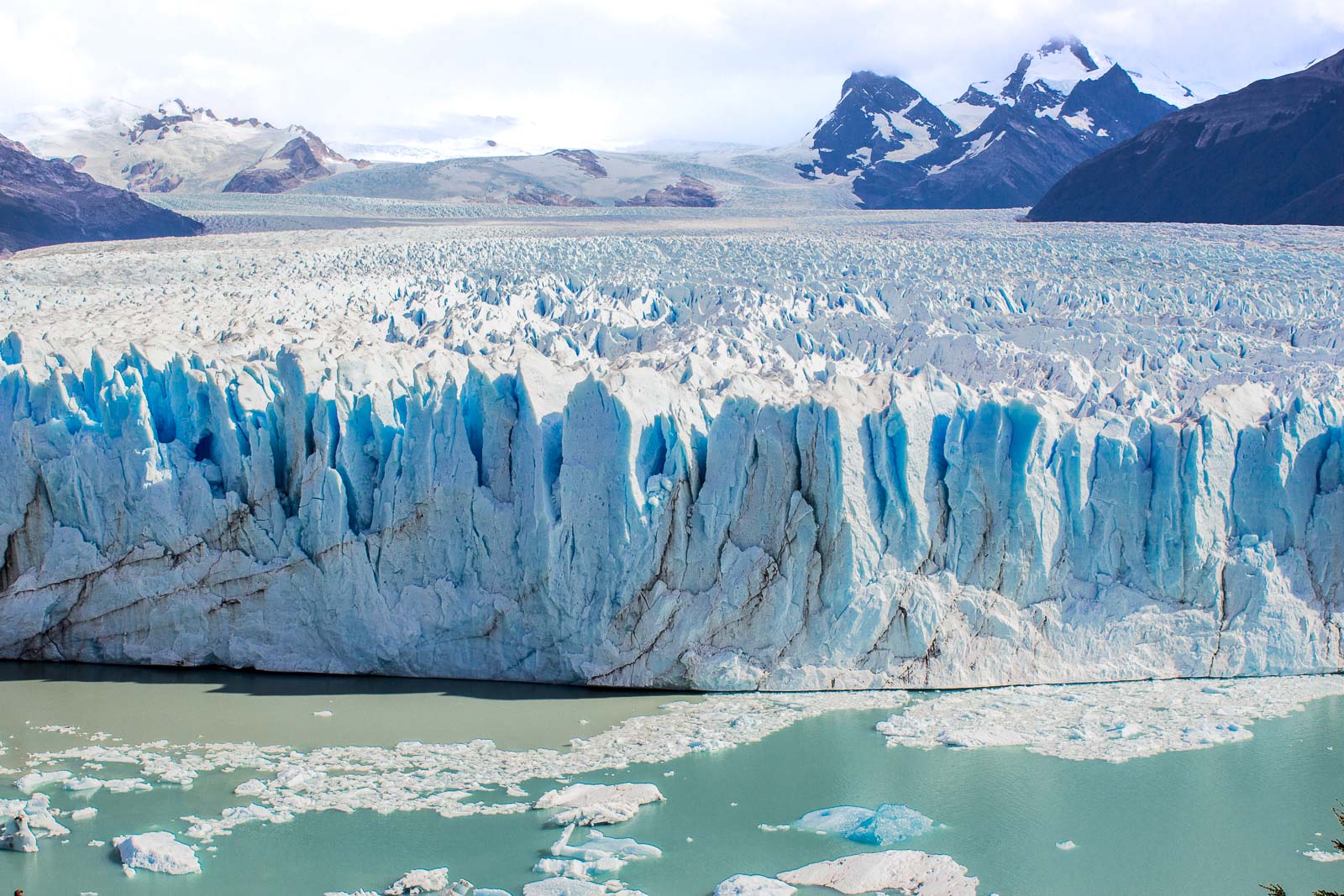From the deserts to the glaciers, Argentina has one of the most diverse collections of landscapes in the world, so it’s no surprise that it’s the natural World Heritage Sites that dominate its list.
Of the 12 World Heritage Sites in Argentina, five of them are natural, covering some of the most dramatic and awe-inspiring national parks the country has to offer.
A couple of highlights are the cascades of Iguazu, which I think are the most impressive waterfalls in the world, and Los Glaciares National Park, which is the crowning jewel of Argentina’s Patagonia region.
But it’s not just about nature. When it comes to the cultural World Heritage Sites in Argentina, there’s a fascinating collection of places that spans more than 13,000 years of history.
Starting with prehistoric cave art, the story of humanity in this part of the world continues through the Incan Empire, the European colonial period, modern architecture, and even up to the dark days of the country’s dictatorship in the late 20th century.
Each of these places is really interesting in its own right, but they also remind you how much history there is in this part of the world… even if there are some eras that are under-represented (an issue with cultural UNESCO sites in South America more broadly, I fear).
If you wanted to visit all of Argentina’s World Heritage Sites, things could be a bit tricky, though.
A couple of the cultural ones are pretty accessible, in big cities like Buenos Aires and Cordoba. But many are in remote areas, particularly the natural sites.
To visit some of these UNESCO sites in Argentina, you will have to go quite out of your way, so ultimately that’ll be a decision for you about whether it’s worth it.
You’ll see what I mean when you look at them on the map here:
Ultimately, though, Argentina has one of the best collections of World Heritage Sites in South America because of its dramatic natural wonders and wide variety of cultural attractions.
Let’s take a look at each of them in more detail.
Iguazu National Park
I thought we should start with one of the most impressive (and one of my favourites), Iguazu National Park. Renowned for its breathtaking natural beauty and ecological significance, the park’s centrepiece is the majestic Iguazu Falls, a series of 275 cascades stretching for nearly three kilometres.
(As a side note, the Brazilian side is a separate World Heritage Site called Iguaçu National Park – note the different spelling…
Click Here to Read the Full Original Article at Time Travel Turtle…
